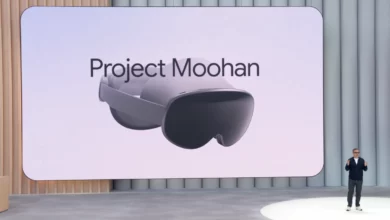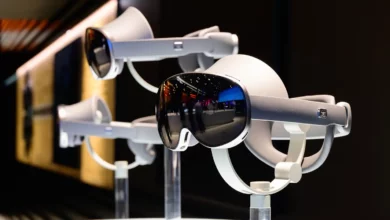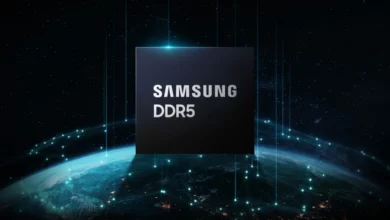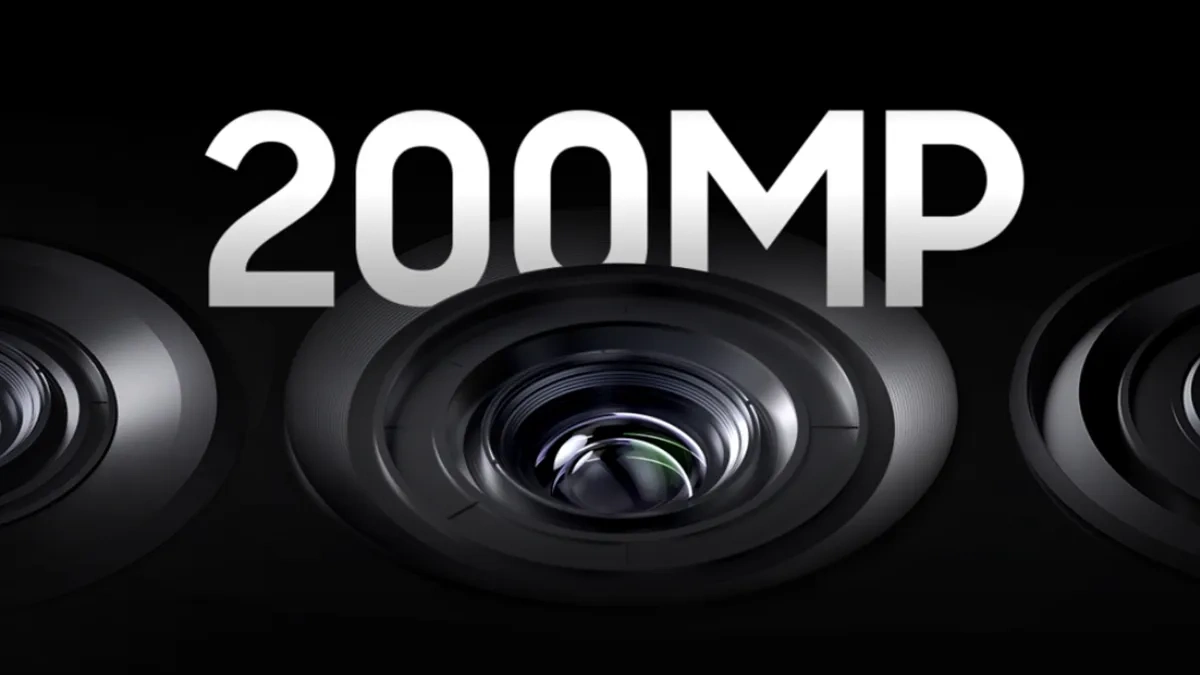Galaxy S23 Ultra’s this 5 abilities will make you dumb the iPhone 14 Pro Max
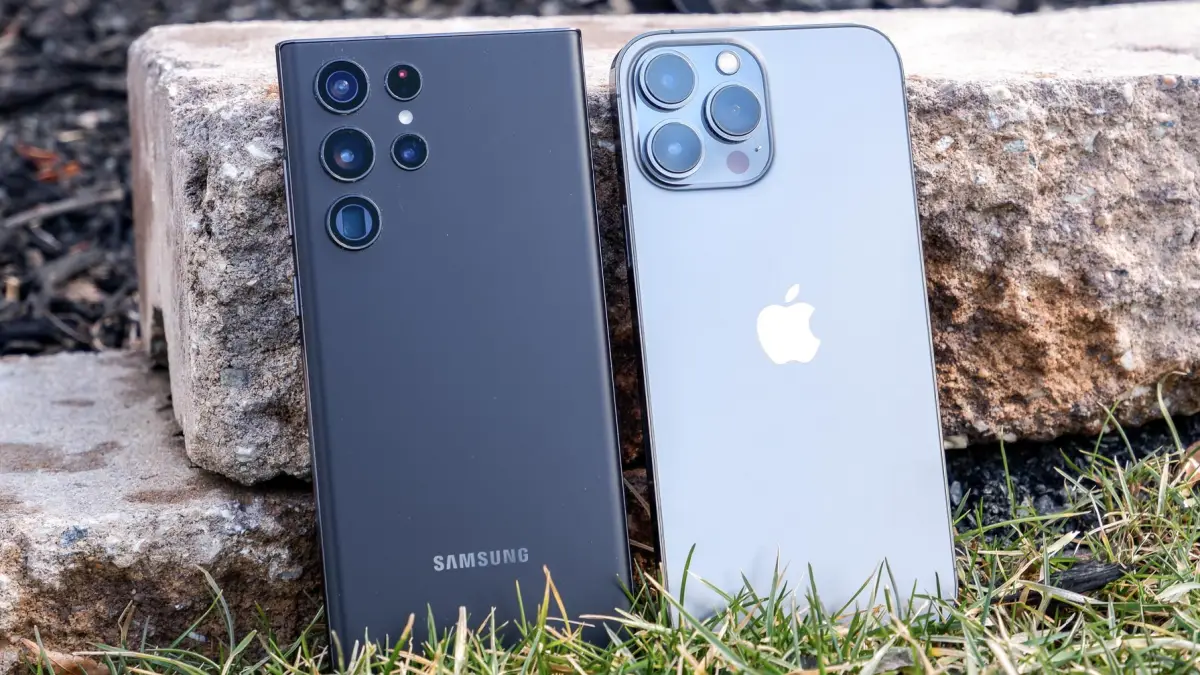
For every technology admirer, it has always been a confusing task whether to choose Apple’s iPhone or Samsung’s flagship, such as the Ultra devices of the Galaxy S series. At present, a new battle has been set with the launch of Apple’s new flagship, between Samsung’s upcoming Galaxy S23 Ultra and Apple’s latest iPhone 14 Pro Max. Both devices’ necessity and distinct aura confused the user about whether they should go for the iPhone or the Galaxy Ultra. We will advise that it would be beneficial to choose the Galaxy S23 Ultra over the iPhone 14 Pro Max; know the reason here.
A Quick Tour to Galaxy S23 Ultra
For those who are unaware, the Galaxy S23 Ultra is a member of Samsung’s upcoming flagship series. The series will be launched with Android 13 with a layer of the One UI 5.1 on top of it. The Ultra variant will be the most costly device of the whole Galaxy S23 series, so it is obvious it may get some additional essentials with it. As per previous rumors, it will be featured with a 200 MP Primary Camera sensor, has S Pen support, and is able for better night photography also.
The Galaxy S23 Ultra device will be powered by the Snapdragon 8 Gen 2 SoC. Apart from this, the Ultra device will get a 6.8-inch 1440p AMOLED panel with a dynamic refresh rate of 120 Hz. It will get a 5000mAh battery, which is more than the other two members of this series. In addition to this, it will also get numerous necessary features with it.
Why Galaxy S23 Ultra will be better than iPhone 14 Pro Max
The Galaxy S23 Ultra and iPhone 14 Pro Max have plenty of essential features, an attractive design, and matchless services. Those abilities make the decision of choosing any one of them even more complicated. However, everything does contain some weak points that those devices also may have. Notably, in terms of features, the iPhone 14 has got some plot holes with it, which makes it slightly deniable in front of the Galaxy S23 Ultra device, or we can say Galaxy S23 Ultra has some more necessities than the iPhone 14 Pro Max.
For your convenience, we are providing a total of 5 reasons here to understand how the Galaxy S23 Ultra is better than the iPhone 14 Pro Max-
Fingerprint Lock: The Galaxy S23 Ultra supports both Fingerprint Lock and Face ID Lock, while the iPhone 14 has only got Face ID Lock. Sometimes it becomes difficult to unlock the device with your face, like in a dark room; in those times, Fingerprint Locks help to unlock the device without any trouble.
Customizable icon packs: For those, who like to keep their device the way they want, the lack of customization capabilities will create a big problem. Like, the iPhone 14 Pro Max does not provide any icon pack customization ability to the users, and in order to do it, we need to install a third-party app. On the other side, the S23 Ultra provides it on its own.
Multitasking ability: The most pleasing ability of Galaxy S23 Ultra is its multitasking ability, which the iPhone 14 lacks. With multitasking support, one would be able to use more than just one app at the same time. It is the biggest advantage of Galaxy S23 Ultra to be chosen over the iPhone 14 Pro Max.
S Pen support: The Galaxy S23 Ultra device also has S Pen support, which is helpful for performing specific operations such as writing, doodling, and editing images. Apple’s iPhone 14 Pro Max didn’t get any S Pen support, which is a massive plot hole of it. However the iPad has got it, but Apple didn’t make it available for its iPhone devices.
Better Always on Display: Last but not least, Always on Display. Of course, the iPhone does have the Always on Display ability, but it is not as pleasing as the Galaxy S23 Ultra. The app icons look better during the Always on Display in the Galaxy S23 Ultra as compared to the iPhone 14 Pro Max. Apart from this, Samsung also lets you set short videos or photos for it, which Apple does not provide.
Samsung still possesses the first place in smartphone market, surpassing Apple
